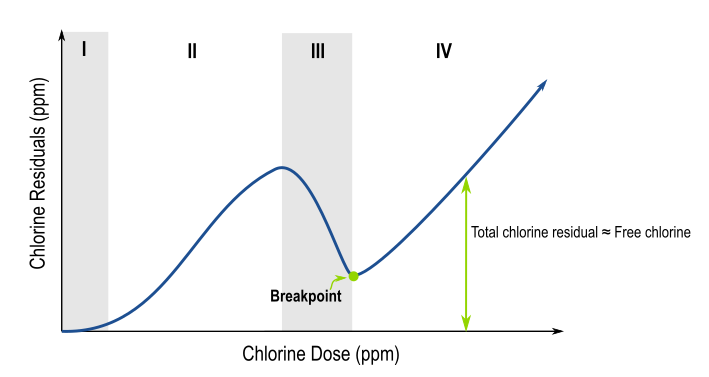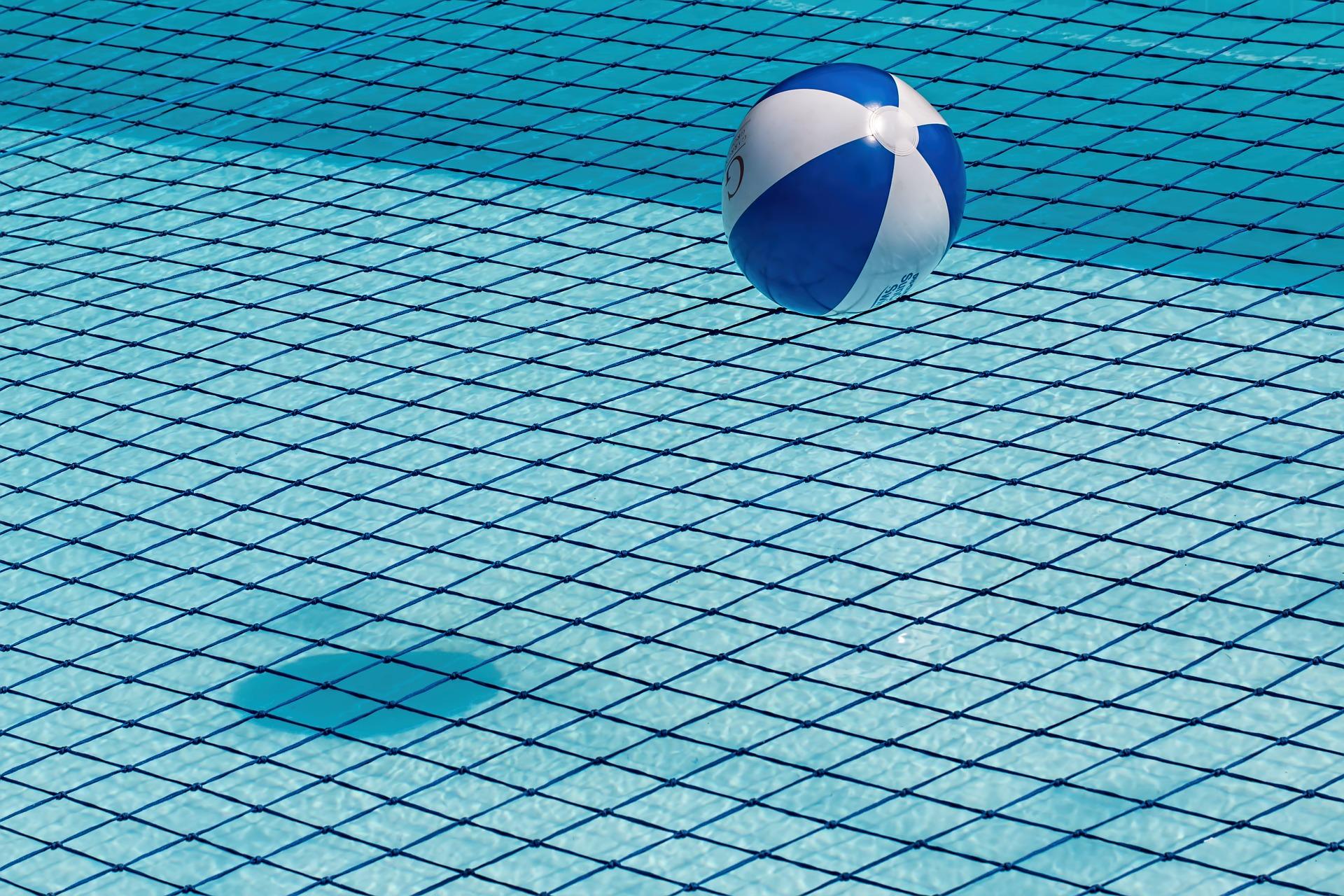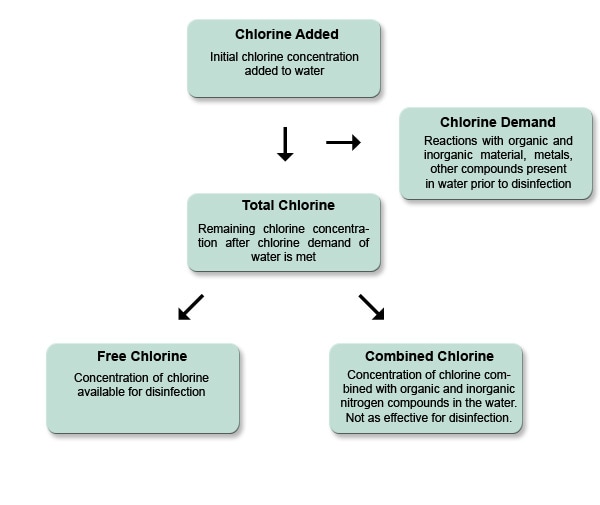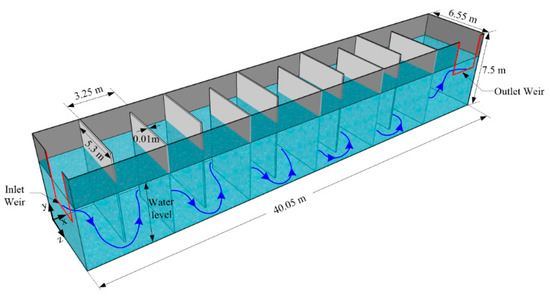free chlorine vs total chlorine wastewater
Fact sheet on disinfection one of the primary mechanisms for the inactivation or destruction of pathogenic organisms. Chlorine is an important chemical when it comes to keeping your pool clean and sanitized.

Understanding Breakpoint Chlorination
On the other hand total chlorine is not used for the purpose of sanitization of the water.

. The total chlorine level should be the same as free chlorine for a pool that is in good condition. Ad Measure total chlorine continuously for real time process control. It is a sum of free chlorine and combine chlorine.
Free chlorine is usually checked by test strips whereas there is a specified formula to measure total chlorine which is total chlorine free chlorine combined chlorine. Once formed the free chlorine reacts with natural organic matter in water and wastewater to form chlorinated organic compounds. The measure we make is more of a reactive form of chlorine concentration than anything specific.
Ideal range 20 to 40 ppm safe range 10 to 60 ppm. Chloramines are also known as combined chlorine. Free chlorine is that which is still available for reaction and hasnt been consumed.
Find the right testing solution to check the total chlorine level in your application. Free chlorine combined chlorine and total chlorine can be easily understood with the following equation. Contains information on how to use chlorine as a disinfectant for municipal wastewater.
Free chlorine is just about getting rid of the germs and cleaning the pool water. Chloramines including monochloramine NH2Cl dichloramine NHCl2 and nitrogen trichloride NCl3 are referred to as Combined Available Chlorine. Ideally combine chlorine must be less than 02 parts per million ppm while the free one is between 2 and 4 ppm but not below 01.
The formula for calculating chlorine is free chlorine combined chlorine total chlorine. Chlorine Free and Total Page1 of 2 Chlorine free and total tests explained Introduction Chlorine is the disinfectant most frequently used for water and wastewater treatment. There are three types of chlorine that you should be aware of which include free chlorine combined chlorine and total chlorine.
Free chlorine always has a lower value while total chlorine has a higher value. Too many contaminants make the pool environment inappropriate for swimming. Wastewater Technology Fact Sheet.
Total chlorine is essentially the sum of free chlorine and bound chlorine. Total chlorine is essentially the sum of free chlorine and bound chlorine. Also available in Spanish.
If you have a total chlorine reading but you are barely registering a free chlorine level it means the combined chlorine level is too high in the water and cant be properly sanitized. At a pH of 73 there are roughly equal amounts of HOCl and OCL-. Once formed the free chlorine reacts with natural organic matter in water and wastewater to form chlorinated organic compounds.
Most test kits measure free and total chlorine so you simply subtract. Free chlorine refers to both hypochlorous acid HOCl and the hypochlorite OCl- ion or bleach and is commonly added to water systems for disinfection. Most treatment plants that disinfect the effluent by.
Proper sanitizing is not possible without lowering the combined chlorine level. Pool water with combined chlorine levels under 05 ppm is still safe but it is even better to have the level below 02 ppm. Total chlorine is basically the sum of free chlorine.
When ammonia or organic nitrogen is also present chloramines known as monochloramine dichloramine and trichloramine will quickly form. The general rule of thumb in the pool business is a shock of 10x your combined chlorine level in additional free chlorine. Total chlorine is a measurement of all the chlorine that are present in your pool.
Total is all chlorine that has combined or reacted with minerals organics etc and is consumed plus free chlorine. It is essential to know the different types of. Inexpensive chlorine tests typically show total chlorine only.
Free chlorine involves the amount of chlorine thats able to sanitize contaminants while combined chlorine refers to chlorine that has combined directly with the contaminants. Free chlorine always has a lower value while total chlorine has a higher value. US EPA OW OWM Water Permits Division Subject.
The sum of combined chlorine and free chlorine is total chlorine combined chlorine free chlorine total chlorine. The main difference between free chlorine and total chlorine is the presence of chlorine in the water. When we measure for Total Residual Chlorine TRC in wastewater we are not determining actual chlorine atom concentration in the way we would determine for instance copper concentration.
Total is all chlorine that has combined or reacted with minerals organics etc and is consumed plus free chlorine. Total Chlorine refers to the sum of free and combined available forms. For this reason your total chlorine value will always be higher than your free chlorine value.
Free chlorine is usually checked by test strips whereas there is a specified formula to measure total chlorine which is total chlorine free. FAC CAC TC For example if your free chlorine FAC levels and total chlorine TC levels are the same then theres no combined or used chlorine in your water and theres no need to add any chemicals today. Free chlorine is used to sanitize the water.
Calculate the proper amount of chlorine needed for Breakpoint Chlorination. But in total chlorine it includes the combined which means the contaminants. Free chlorine involves the amount of chlorine that can disinfect a contaminant while bound chlorine is the chlorine that is directly bound to the contaminant.
Less than pH 73 and HOCl is favored. Chlorine existing in water as hypochlorous acid or the hypochlorite ion is termed free available chlorine. Use the formula F C T to help you with basic free chlorine vs.
Total Chlorine Free Chlorine Combined Chlorine.

Chlorine Disinfection Increases Both Intracellular And Extracellular Antibiotic Resistance Genes In A Full Scale Wastewater Treatment Plant Sciencedirect

Which Side Of The Curve Am I On Treatment Plant Operator

Comparison Of Results From Total Chlorine Free Chlorine And Nh 2 Cl Download Table
Relationships Between Chlorine Dose Chlorine Demand And Chlorine Download Scientific Diagram

Disinfection Breakpoint Chlorination Youtube

Disinfection Breakpoint Chlorination Youtube

Pdf Impact Of Chlorine And Wastewater Contact Time Chlorine Residual And Mixing On Micro Organism Inactivation Semantic Scholar

Free Chlorine Vs Total Chlorine What S The Difference Sensorex

Understanding Breakpoint Chlorination

Chlorine Disinfection Control In Wastewater With Online Instrumentation

Chlorine Residual Testing The Safe Water System Cdc

Ask The Expert Chloramination Curve Explained Listen To Hach Experts As They Explain The Chlorine And Chloramination Curve Watertreatment Waterquality Beright By Hach Facebook

Free Chlorine Vs Total Chlorine What S The Difference Sensorex
Cholorination Water Treatment Waste Water Treatment Water Treatment Process Plant Design

Processes Free Full Text Efficiency Enhancement Of Chlorine Contact Tanks In Water Treatment Plants A Full Scale Application Html
Possible Mechanisms That Chloramine Or Free Chlorine Regulates Download Scientific Diagram

